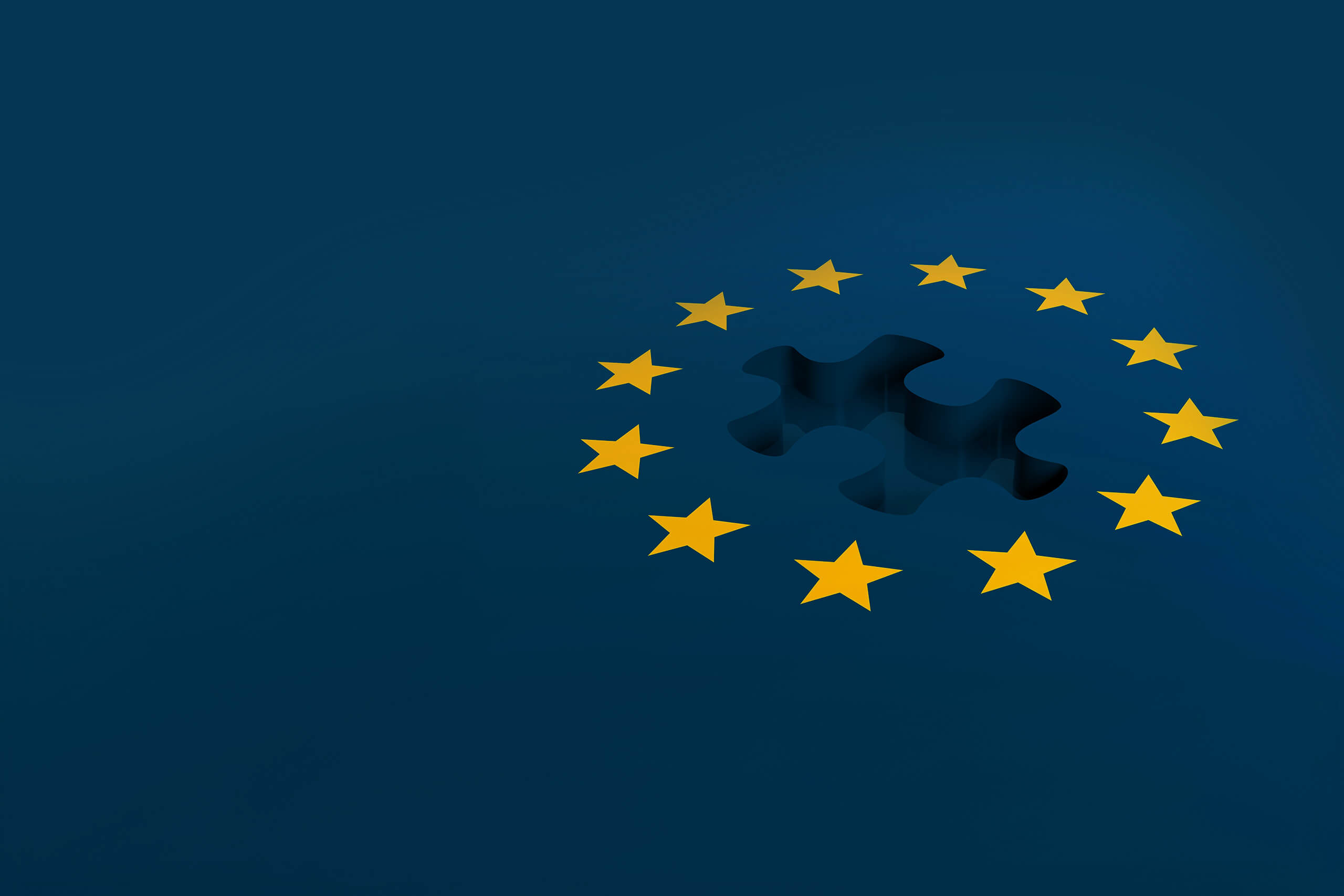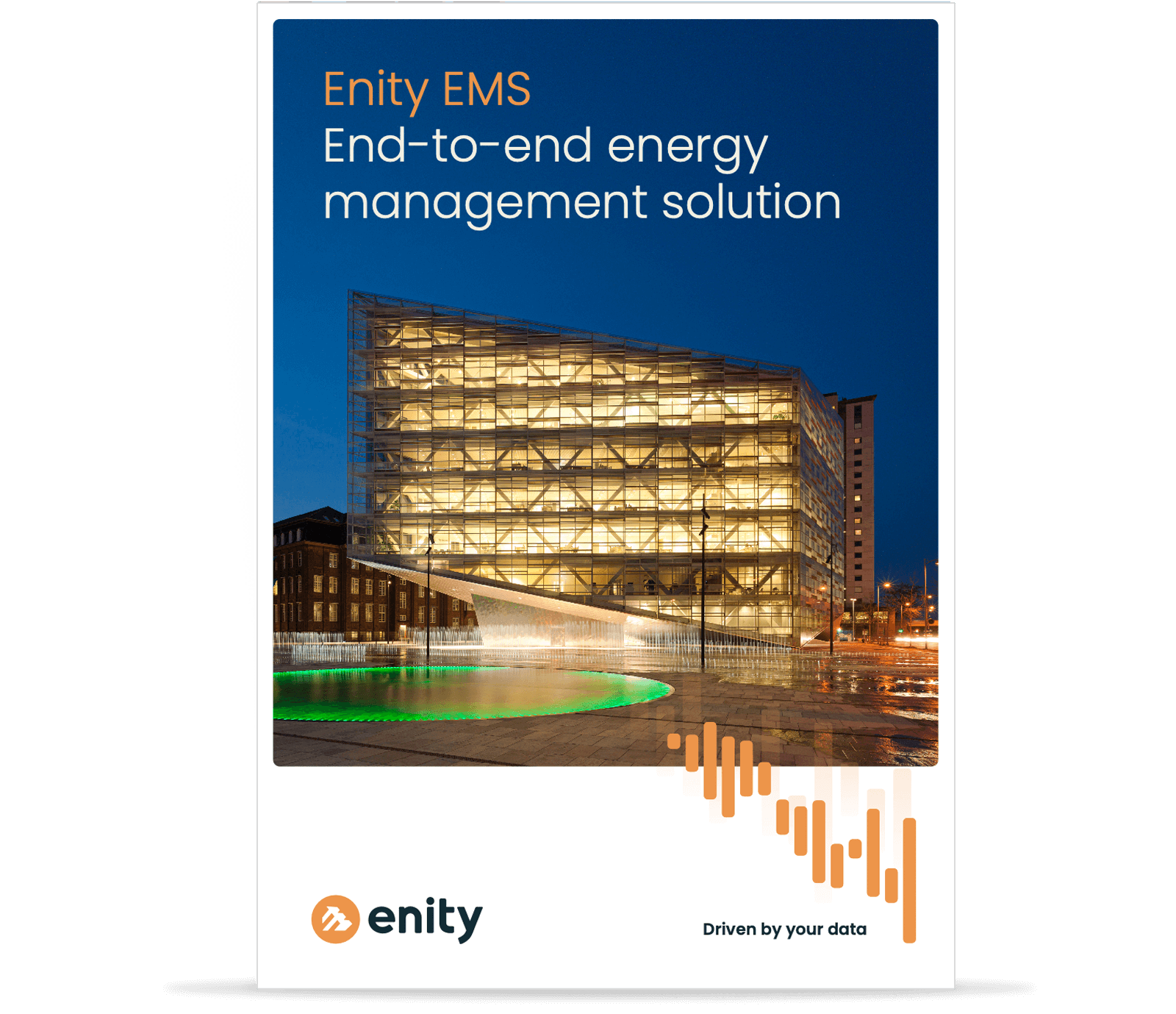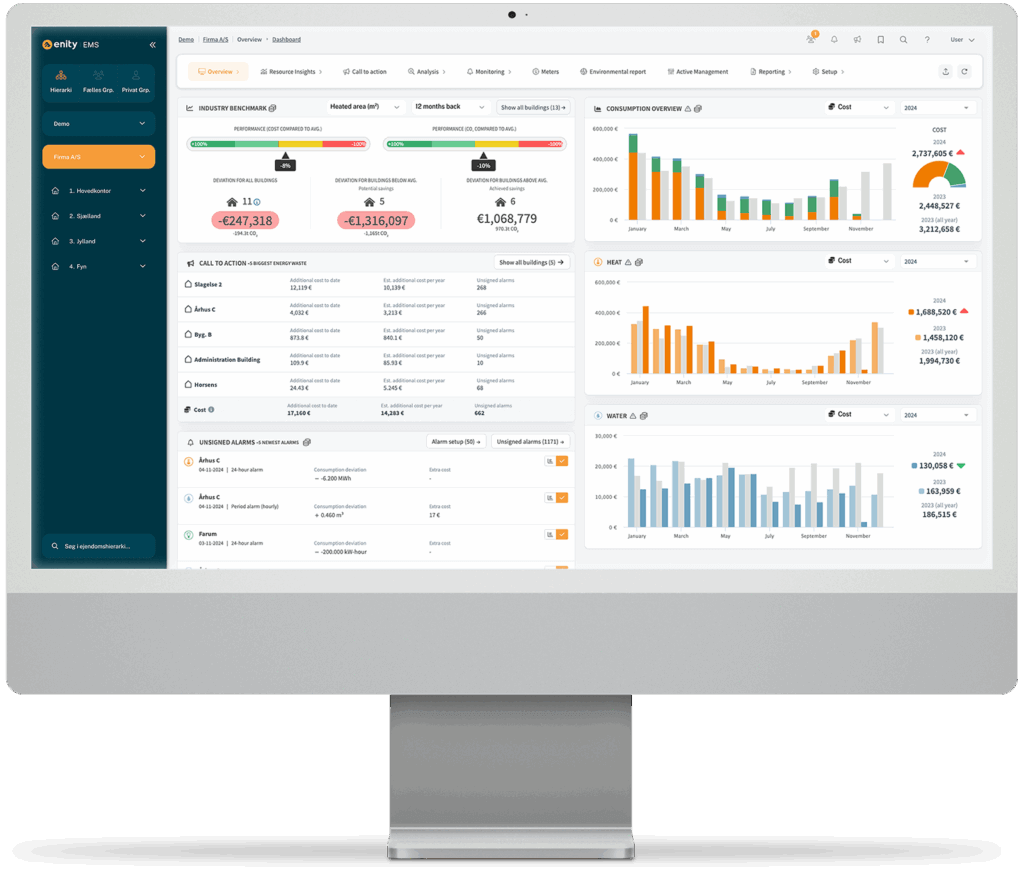
What do Stop-the-Clock and Omnibus mean for CSRD and sustainability reporting?
Why sustainability reporting still matters
Although the EU’s Omnibus proposals aim to change who must report and to what extent, expectations from investors, customers, and employees are not going away. ESG and sustainability leaders remain central to ensuring transparency and credibility – even if reporting obligations are temporarily adjusted or delayed.
In April 2025, the EU adopted the so-called “Stop-the-Clock” directive, which postpones certain CSRD obligations by two years for the next reporting waves. Specifically, Wave 2 companies (large companies not previously covered by NFRD) and Wave 3 companies (listed SMEs and others) will now report two years later than originally planned. Wave 1 companies, already covered by NFRD, must still report in 2025 on 2024 data. A subsequent political proposal to simplify and adjust parts of CSRD and the ESRS framework was rejected by the European Parliament in October 2025 and sent back for renegotiation.
For many, this may feel like a breather. But the reality is quite the opposite. Markets, customers, and investors are moving towards more transparency – not less.
According to a global Workiva study (February 2025), 85% of companies plan to continue their climate accounting and ESG reporting – even if requirements are temporarily changed or eased. And with good reason: the IEA highlights that companies working systematically with energy management (e.g., through ISO 50001) typically achieve around 11% energy savings in the first years and approx. 4% annual improvement thereafter.
Sustainability reporting has become a business discipline, not just a compliance exercise.
ESG leaders after Omnibus: same expectations – less clarity
Even though fewer companies will initially be required to report under CSRD, ESG leaders are facing a new set of challenges:
- Uncertainty about future requirements – should we continue at the same level or pause?
- Internal pressure – management often sees reporting as a cost, not an investment.
- Data infrastructure – many reporting tools are not yet scalable across departments.
- Lack of energy insights – many companies still spend most of their time collecting data for climate reporting, while the potential for real energy optimisation remains untapped.
In practice, this means ESG leaders must deliver more value with less mandate – while keeping the organisation on track towards transparency.
From Reporting to Insight: Using the Carbon Footprint as a Foundation
A strong place to start – or continue – is with the company’s carbon footprint.
It is concrete, measurable, and directly linked to operations. Energy and emissions data form the foundation of most ESG reports because they:
- Cover Scope 1, 2 and parts of Scope 3 emissions
- Create a clear link between operations and strategy
- Support ISO 50001 compliance and internal optimisation initiatives
- Are easy to automate and verify through an Energy Management System (EMS)
By starting with energy, ESG leaders establish a strong base of reliable, verifiable data, making the rest of the reporting more robust and value-creating.
The Solution: An EMS that Connects ESG and Energy
While many ESG platforms focus primarily on reporting, a modern Energy Management System (EMS) takes a different approach: it delivers insight into what is actually driving the numbers.
An EMS helps ESG leaders to:
- Automate the collection and quality assurance of energy data across buildings, production sites and energy sources
- Demonstrate energy savings with documented data quality
- Support ISO 50001 and energy management work without extensive additional consultancy
- Create visualisations that can be used directly in the CSRD report
As a result, the carbon footprint becomes not just a reporting requirement – but a management tool.
The Value: The ESG Role Shifts from Reporter to Strategic Advisor
When energy data and ESG data are connected, the role of the ESG leader fundamentally changes:
| Before – traditional ESG approach | After – data-driven and integrated approach |
| Focus on compliance and reporting | Focus on optimisation, efficiency and outcomes |
| Data collected once a year for reporting | Data used continuously for insights, improvements and decisions |
| ESG data handled in isolation from operations | ESG and energy data integrated to drive concrete improvements |
| ESG seen as a cost | ESG becomes value-creating when data is used actively |
When ESG work shifts from reporting to ongoing data-driven improvement, ESG is no longer a burden – it becomes a competitive advantage.
The Competitive Edge: Proactive Companies Win on Credibility
Companies that continue their sustainability reporting – even during a period of reduced requirements – will stand strongest when new directives take effect.
Three concrete advantages:
- Market access: Many large customers already require ESG data as part of supplier management.
- Credibility: Consistent carbon accounting builds trust among investors and employees.
- Efficiency: Once the data infrastructure is in place, future reporting becomes faster and more consistent, with higher data quality.
In short: ESG is not a battle against regulation – it is an investment in resilience and differentiation.
FAQ on Omnibus, CSRD and Sustainability Reporting
What is the EU’s Omnibus package? (explained simply)
The EU’s Omnibus package is a proposal from the European Commission to simplify and adjust parts of CSRD and ESRS to make reporting less administratively burdensome for companies. However, the proposal was rejected by the European Parliament in October 2025 and will now be renegotiated.
What is the Stop-the-Clock directive?
The Stop-the-Clock directive is an amendment to CSRD that postpones reporting requirements by two years for the upcoming reporting waves. The largest companies must still report in 2025 on 2024 data.
Who is covered by CSRD – and when?
CSRD is being phased in over several waves. Large listed companies previously covered by NFRD report first. Medium-sized and smaller listed companies follow – with postponed deadlines as a result of Stop-the-Clock.
What is the difference between CSRD and ESRS?
CSRD is the legislation that defines who must report, when, and what must be included in the report. ESRS are the standards that define how companies must report – i.e., which data points and requirements apply.
Should we start with a carbon footprint or full ESG reporting?
Most companies start with a carbon footprint, as CO₂ and energy data are the most standardised and data-driven. This provides a solid foundation for the rest of the ESG work and can be automated with an EMS.
What does the EU’s Omnibus mean for CSRD reporting?
The Stop-the-Clock directive postpones parts of CSRD reporting for the next waves, but it does not change the core purpose of the directive. The largest companies must still report in 2025 on 2024 data, while many others receive delayed deadlines.
Do we still need a carbon footprint if we are not CSRD-reporting this year?
Yes. A carbon footprint is a key component of ESG reporting and is increasingly requested by customers, banks, and investors – even if the company is not yet required to report under CSRD.
How can an EMS support sustainability reporting?
An Energy Management System automates energy data collection, reduces errors, and simplifies documentation of energy savings and CO₂ reductions. It supports ISO 50001 work and strengthens the data foundation for CSRD reporting.
What is the difference between ESG data and energy data?
ESG data covers environmental, social, and governance topics. Energy data is one of the most standardised and measurable parts of the ESG area, making it an ideal starting point for many companies.
Relevant links and resources on Omnibus & Stop-the-Clock
Council of the European Union:
Stop-The-Clock
European Commission:
Omnibus

Enity EMS
One platform for all your consumption data
To make confident decisions about your energy consumption, you need insights that are presented clearly, concisely, and in oune place. Our goal is to organise your data in a way that means trends are clearly recognised, problems easily spotted, and cost saving opportunities effortlessly identified.
- Dashboards – easy customisation, you decide what you see
- Tracking Tools – Alerts, budgets, and site comparisons
- Data Exports – Ready for ESG, CSRD, ISO and internal use

Download brochure
Read more about energy efficiency with Enity EMS. To the benefit of both the budget and the climate.

Book a demo
We show you the possibilities and potentials for optimizing your energy consumption.


